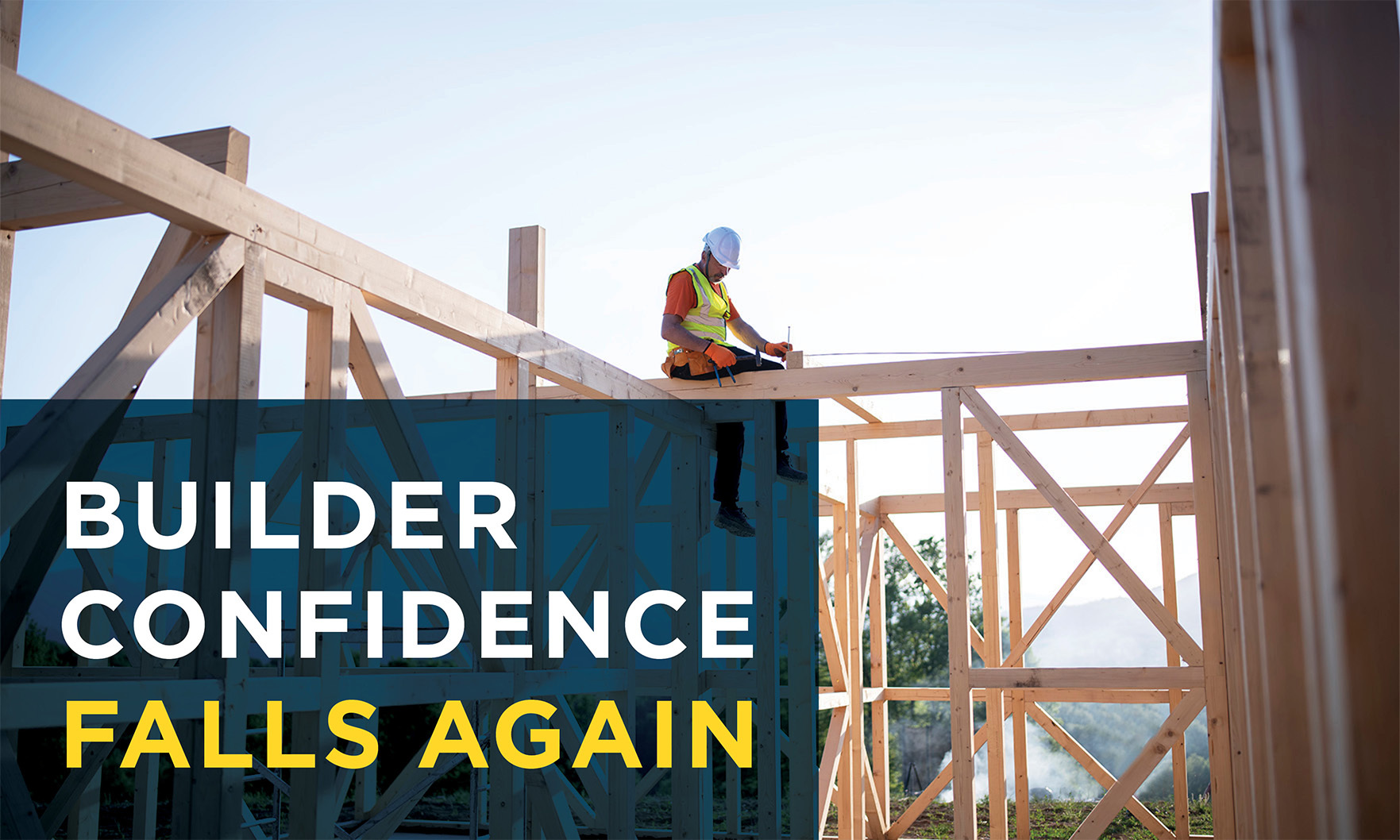The Federal Reserve’s continued efforts to curb inflation by raising interest rates and higher construction costs have resulted in a housing recession, the National Association Home Builders reported, noting that homebuilder confidence in August fell into negative territory for the first time since May 2020.
The NAHB/Wells Fargo Housing Market Index (HMI) fell for the eighth month in a row in August, declining six points to 49. Any reading below 50 indicates that more builders view conditions as poor than good.
“Tighter monetary policy from the Federal Reserve and persistently elevated construction costs have brought on a housing recession,” NAHB chief economist Robert Dietz said in a press release. “The total volume of single-family starts will post a decline in 2022, the first such decrease since 2011. However, as signs grow that the rate of inflation is near peaking, long-term interest rates have stabilized, which will provide some stability for the demand-side of the market in the coming months.”
In another troubling sign, the component measuring buyer traffic fell five points to 32, its lowest reading since April 2014, excluding spring 2020, when the pandemic first shook the economy, NAHB Chairman Jerry Konter said.
“Ongoing growth in construction costs and high mortgage rates continue to weaken market sentiment for single-family home builders,” Konter said.
Current sales conditions dropped seven points to 57, and sales expectations for the next six months slid two points to 47.
Regionally, the three-month moving average of the index fell in all geographic regions, led by the West, with an 11-point decline to 51 and followed by the Northeast with a nine-point fall to 56, the South with a seven-point slide to 63 and the Midwest with a three-point drop to 49.
The NAHB/Wells Fargo survey measures builder perceptions of current single-family home sales, as well as sales expectations for the next six months, as “good,” “fair” or “poor.” The survey also asks builders to rate traffic of prospective buyers as “high to very high,” “average” or “low to very low.” The results are then used to calculate the seasonally adjusted index.

